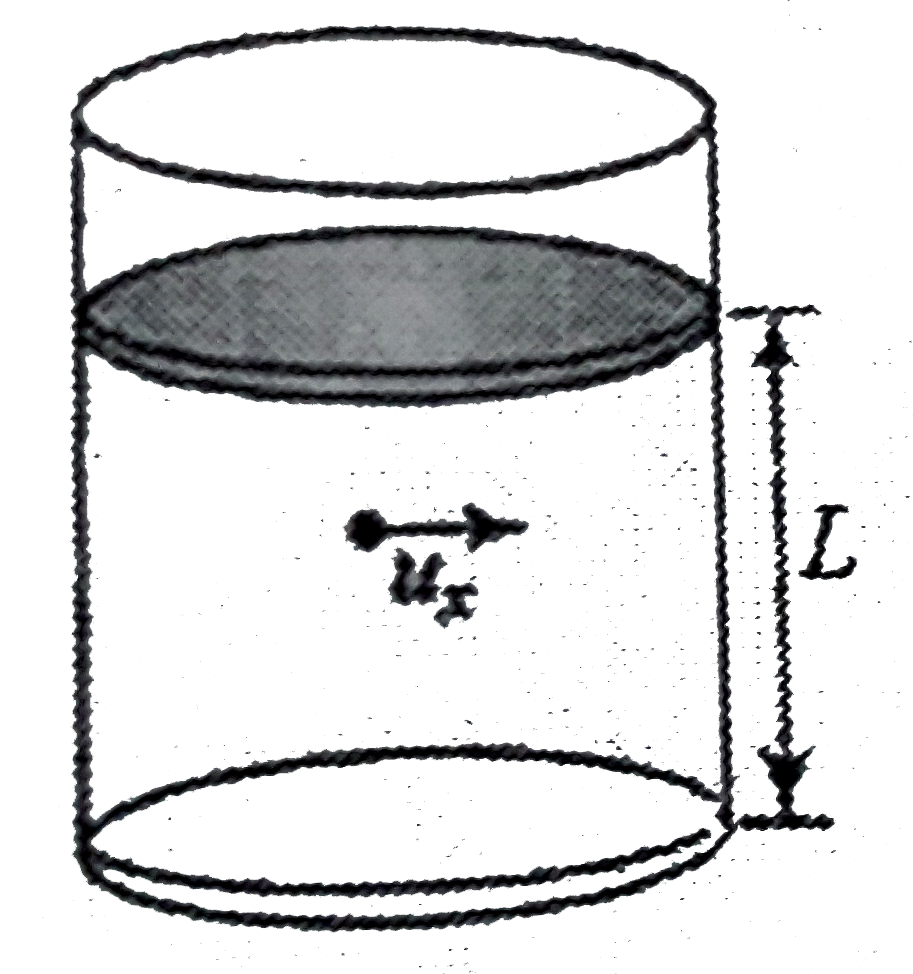A
B
C
D
Text Solution
Verified by Experts
The correct Answer is:
Topper's Solved these Questions
KINETIC THEORY OF GASES
CENGAGE PHYSICS|Exercise Fill in the blanks|8 VideosKINETIC THEORY OF GASES
CENGAGE PHYSICS|Exercise Multiple correct|3 VideosKINETIC THEORY OF GASES
CENGAGE PHYSICS|Exercise Compression|2 VideosKINEMATICS-2
CENGAGE PHYSICS|Exercise Exercise Integer|9 VideosKINETIC THEORY OF GASES AND FIRST LAW OF THERMODYNAMICS
CENGAGE PHYSICS|Exercise Interger|11 Videos
Similar Questions
Explore conceptually related problems
Knowledge Check
CENGAGE PHYSICS-KINETIC THEORY OF GASES-Comprehension Type
- Suppose there are N molecules each of mass m, of an ideal gas in a con...
Text Solution
|
- Suppose there are N molecules each of mass m, of an ideal gas in a con...
Text Solution
|
- Suppose there are N molecules each of mass m, of an ideal gas in a con...
Text Solution
|
- Suppose there are N molecules each of mass m, of an ideal gas in a con...
Text Solution
|
- Suppose there are N molecules each of mass m, of an ideal gas in a con...
Text Solution
|
